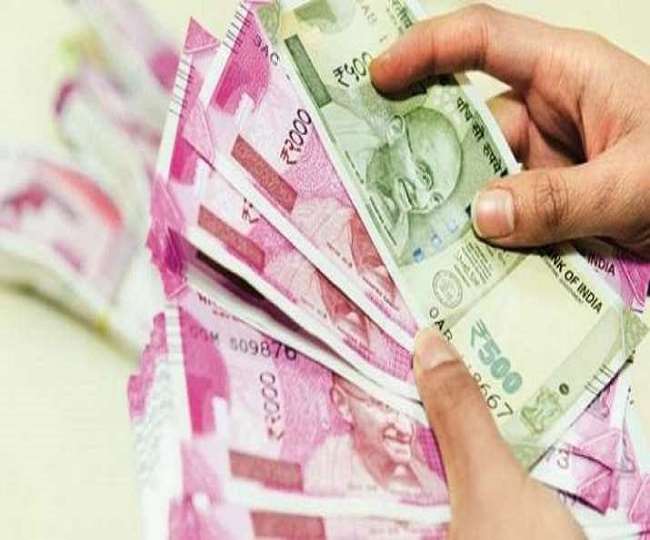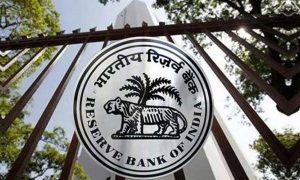India can fast-track its way to becoming the second-largest economy in the world by 2031 by boosting gross domestic product (GDP) growth in terms of purchasing power parity to 11% in the next decade, beating the estimate of the Organisation for Economic Cooperation and Development (OECD), Reserve Bank of India (RBI) deputy governor Michael Patra said on Saturday.
As per the OECD calculations, India is poised to overtake the US economy by 2048, making India the largest economy in the world after China. Indian economy grew by 8.7% by FY22 and the RBI has projected GDP growth of 7.2% in FY23.
It is possible to imagine India striking out into the next decade with a growth rate of 11%. If this is achieved, India will become the second-largest economy in the world not by 2048 as shown earlier, but by 2031,” Patra said, speaking at an event organised by the RBI. “Even if it does not sustain this pace and slows to 4-5% in 2040-50, it will become the largest economy of the world by 2060,” he added.
To reach the milestone, India must focus on four drivers of growth, which, according to Patra, include demographic dividend, manufacturing, exports and internationalisation of the rupee. To meet the target of 10% growth in the manufacturing sector, India needs to be a part of the industrial revolution 4.0, which includes automation, data exchange, cyber-physical systems, cloud computing and advanced robotics. Additionally, India must develop a skilled labour force and increase its international competitiveness, Patra said.
In case the 10% growth target for manufacturing is met, its share in the GDP will increase to 25%, Patra said, adding that the country needs to do a lot of catching up in this space.
While India has an infrastructure gap due to lower investment in the sector, the share of infrastructure investment should increase to 6% of the GDP by 2030 as compared to 4.6% as of now to close this gap, Patra said.
India should also focus on improving its labour market as it is set to become the most populous country in the world by 2023 and will enjoy an increasing working-age population till 2045, he said. However, the contribution of labour to GDP growth remains lower than developed and emerging market economies, with 83% of India’s workforce employed in the unorganised sector. Patra said if the target of $1 trillion worth of exports is achieved by 2030, the share of Indian exports will increase to 5% from the current 2.7%.
Among the non-systemic issues the Indian economy faces, Patra gave the highest priority to the pandemic, which not only caused loss of lives but also resulted in loss of output. Recovering this lost output may take several years, he said.





































